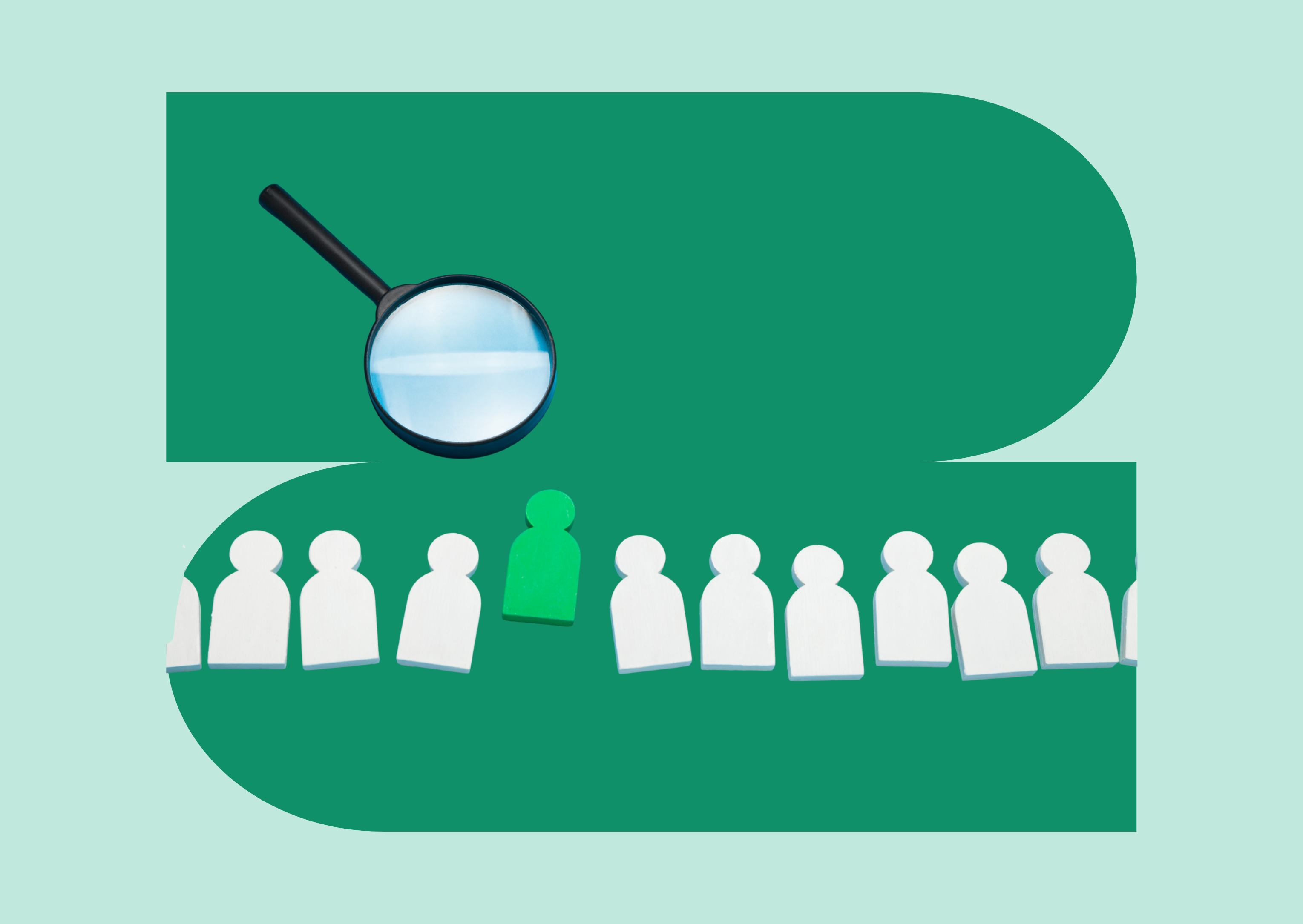Did you know? When it comes to Pulse Oximeters, you may be surprised to hear what we will say. First, let's talk about what human-centered design is.
Human-centered design (HCD) is an approach to product development that focuses on the needs of the people who will be using the product. This includes considering their physical and mental limitations, their culture and values, and their ability to use the product.
Healthcare products are often designed without considering the needs of the people who will be using them. This can lead to products that are difficult to use, uncomfortable, or even dangerous. HCD is a way to prevent these problems by making sure that the people who will be using the product are involved in its development from the start.
There are many different methods of HCD, but they all share some common features. These include user research, prototyping, and user testing. User research involves talking to potential users of the product and understanding their needs. Prototyping is creating early versions of the product so that it can be tested with users. And usability testing is making sure that the final product meets the needs of users.
HCD is an important approach for designing healthcare products because it can help to ensure that products are safe, effective, and easy to use for everyone.
What are the benefits of using a human-centered design approach?
There are many benefits to using a human-centered design approach when designing healthcare products. This approach allows for a more tailored and personalized product experience for the user. Additionally, it takes into account the user’s needs and preferences, which can result in increased satisfaction with the product. In addition, this approach can also help to reduce errors and improve outcomes. When healthcare products are designed with the user in mind, they are more likely to be used correctly and as intended. This can lead to better patient safety and overall health outcomes. Additionally, this approach can also help to make healthcare products more affordable by reducing waste and unnecessary features.
Why is human-centered design so important for healthcare products?
When Nia Johnson was admitted to the hospital with Covid-19, she was hooked up to a pulse oximeter to monitor her blood oxygen levels. The reading wasn't good. Her oxygen levels were low and dropping.The doctors and nurses rushed around her, trying to figure out what was wrong. They gave her oxygen, they elevated her head, they tried everything they could think of. But her oxygen levels continued to decline.Finally, one of the doctors realized that the pulse oximeter might be giving a false reading because of Nia's skin color. Sure enough, when they tested her with a different type of sensor, her oxygen levels were fine. Nia is just one example of why it's so important to test new products on a diverse group of people before launching them. If the pulse oximeter had been tested on patients with darker skin tones before it hit the market, Nia's experience might have been very different.
The COVID-19 crisis has led to higher rates of hospitalization and death among people of color.
Human-centered design is important for healthcare products because it takes into account the needs of patients and caregivers. By understanding the user’s needs, designers can create products that are more effective and efficient. When designing healthcare products, it is important to consider the user’s point of view and how they will interact with the product. This approach allows for a more seamless experience for the user and can improve patient outcomes.
How you can use human-centered design approach in your own work
There's no one-size-fits-all when it comes to design, and that's especially true when it comes to designing products for healthcare. That's why a human-centered design approach is so important. When you take a human-centered approach to product design, you're putting the people who will be using the product at the center of everything. You're considering their needs, their wants, and their experiences. This helps you create products that are more user-friendly and effective.There are many ways you can use human-centered design in your own work.
Here are a few tips:
- Get to know your users: Take the time to understand who they are, what they need, and how they want to use the product.
- Observe and listen: Watch users as they interact with the product and listen to their feedback. This will help you identify areas for improvement.
- Iterate and test often: When you've made changes based on user feedback, test them out again to see how they work in practice. Then, repeat the process as needed until you have a product that meets users' needs.
Conclusion
There is no doubt that human-centered design is important for healthcare products. By understanding the needs of patients, caregivers, and clinicians, we can design products that are more user-friendly and effective. This approach is especially important when designing for diverse populations, as it ensures that everyone has access to quality healthcare. When everyone is considered in the design process, we can create healthcare products that will make a big difference in people's lives.
Join MyParticipants now to make your voice heard!
References:




.png)



%20(741%20x%20839%20px)%20(1240%20x%202000%20px).png)





